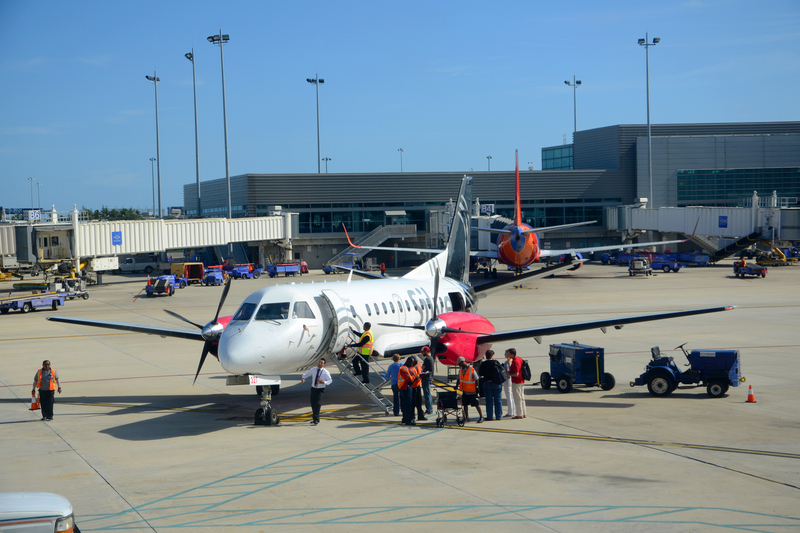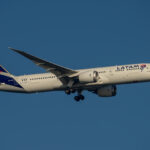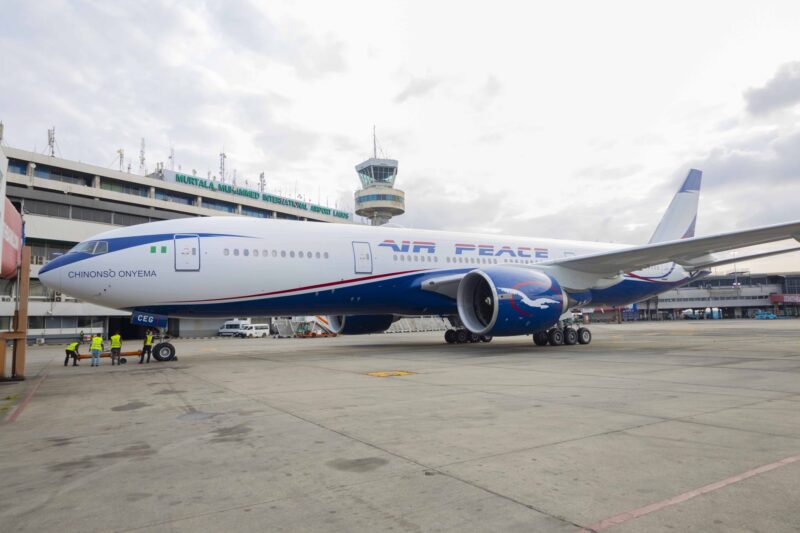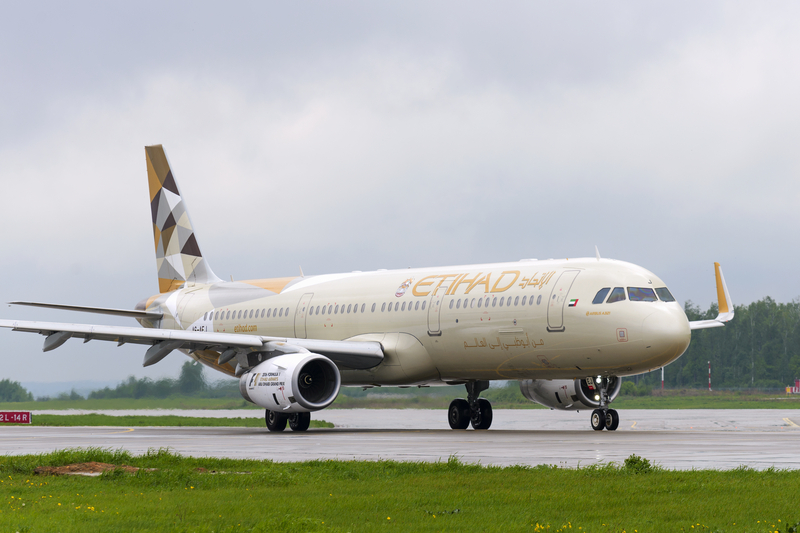Silver Airways Reduces Fleet and Withdraws from Trade Association

ID 28487502 | Silver Airways © Jiawangkun | Dreamstime.com
Silver Airways, a Florida-based regional carrier, has announced a significant reduction in its fleet and its withdrawal from the Regional Airline Association (RAA). The airline, which primarily operates routes in the southeastern United States and the Caribbean, is facing operational and financial challenges that have prompted strategic adjustments.
Fleet Reductions and Route Impacts
As part of its restructuring efforts, Silver Airways has reduced the number of ATR 42-600 and ATR 72-600 turboprops in its fleet. The airline, known for its reliance on these fuel-efficient regional aircraft, has cited ongoing disputes with aircraft lessors as a key factor in the decision.
One of the most significant operational changes includes the suspension of services to Orlando International Airport (MCO). The move comes as Silver Airways evaluates its network viability and cost structures amid increased competition and fluctuating demand.
Withdrawal from Regional Airline Association
In a parallel decision, Silver Airways has withdrawn from the Regional Airline Association (RAA), a trade group that represents the interests of U.S. regional carriers. The departure signals a shift in the airline’s strategic direction as it reassesses its participation in industry advocacy efforts.
RAA has traditionally played a critical role in lobbying for regional airline interests, including workforce development initiatives, Essential Air Service (EAS) program support, and regulatory reforms. Silver Airways’ exit from the association raises questions about its long-term positioning in the regional aviation sector.
Financial and Operational Challenges
The fleet reduction and withdrawal from the RAA come amid broader financial difficulties for Silver Airways. The airline has faced:
- Increased operational costs, particularly in aircraft leasing and maintenance.
- Labor shortages, which have impacted pilot availability and operational reliability.
- Market pressures from larger airlines expanding regional services, particularly in Florida and the Caribbean.
Additionally, Silver Airways has struggled with delays in aircraft deliveries, affecting its ability to execute growth plans. The carrier had initially aimed to expand its ATR fleet to modernize operations, but these plans have been hampered by ongoing financial constraints.
Industry Implications
Silver Airways’ restructuring reflects broader challenges in the U.S. regional airline market. With pilot shortages, fluctuating fuel prices, and aircraft availability issues, smaller carriers are increasingly facing pressure to consolidate or scale back operations. The airline’s withdrawal from the RAA may indicate a shift toward independent strategies rather than collective industry lobbying.
Bottom Line
Silver Airways’ fleet reduction and departure from the Regional Airline Association underscore the difficulties facing regional carriers in today’s aviation landscape. The airline’s suspension of services in Orlando and leasing disputes highlight financial and operational headwinds that may shape its future strategy. As Silver Airways navigates these challenges, its ability to stabilize and adapt will be critical in determining its long-term viability in the regional aviation market.




